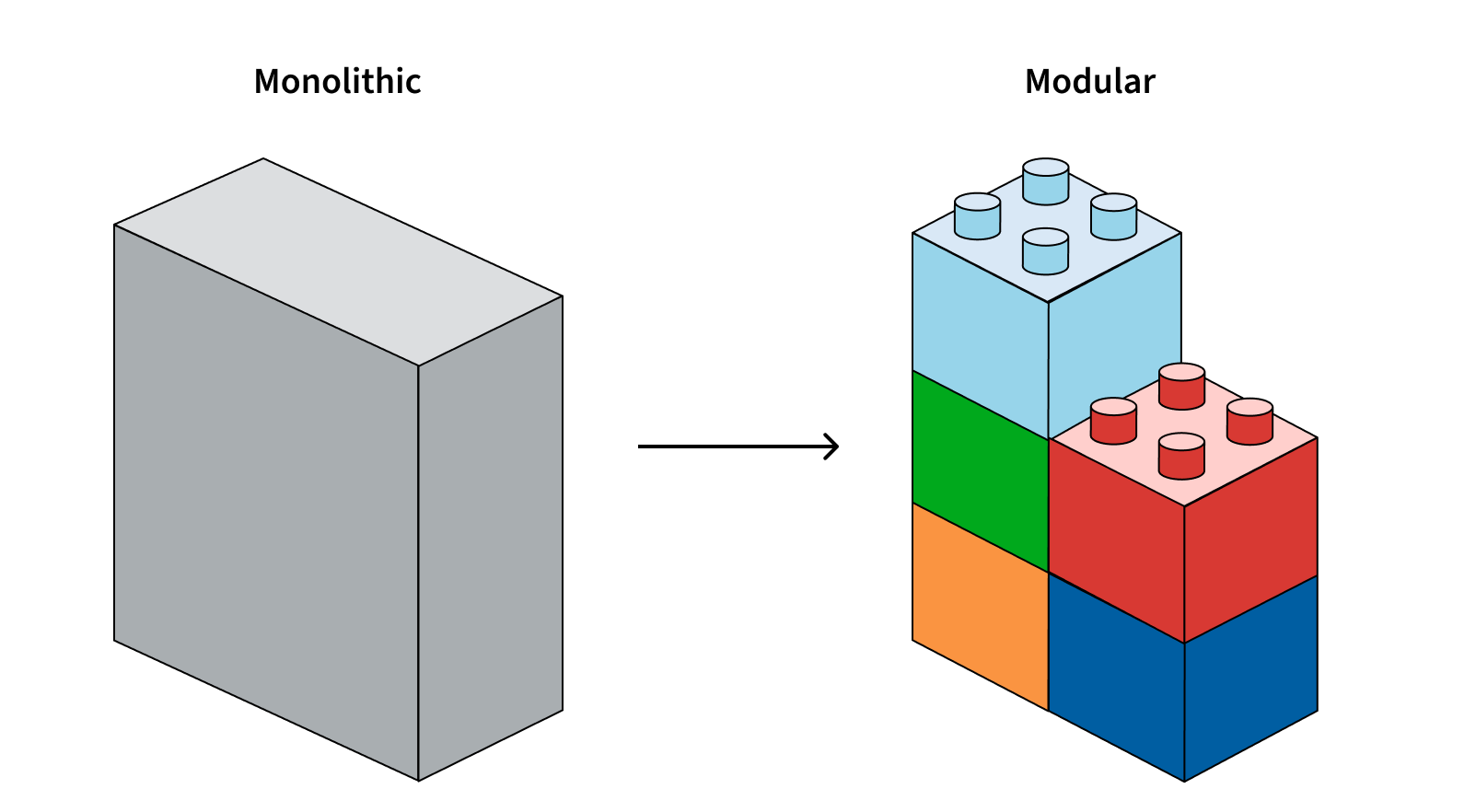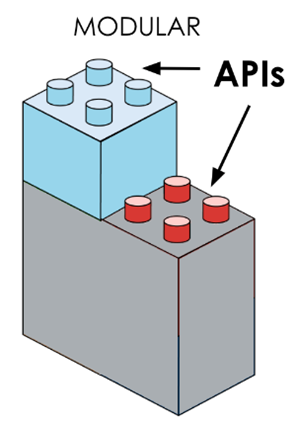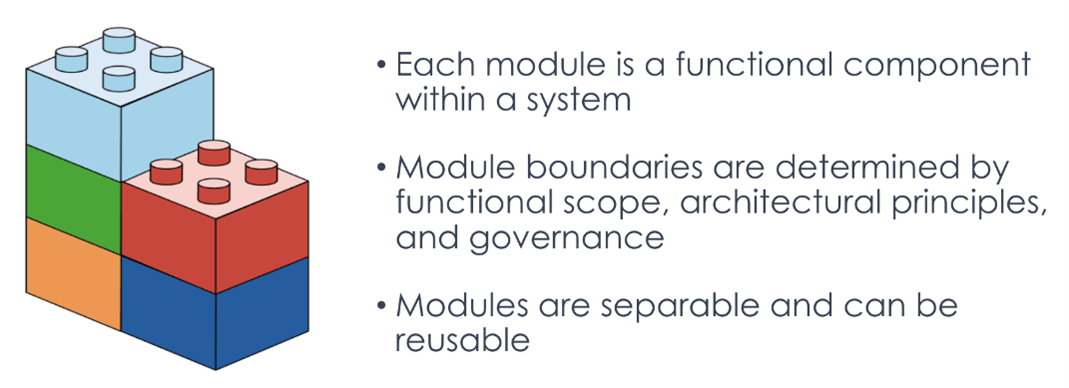By: Larry Bafundo - December 20, 2023
The U.S. Department of Labor is partnering with state workforce agencies and other groups in new ways to strengthen the unemployment insurance (UI) system, with a focus on how modern technology and digital practices can make state systems more accessible, resilient, and secure.
As the next step in these modernization efforts, the Department of Labor is introducing the “Open UI Initiative”, a new effort formed in collaboration with the UI Information Technology Support Center (UI ITSC), a division of the National Association of State Workforce Agencies (NASWA), and in partnership with the Beeck Center for Social Impact & Innovation, a Georgetown University center focused on improving government systems. The overarching goal of the Initiative is to change how states build and buy technology by:
- Establishing a common framework and approach for modular UI system development,
- creating market-based incentives that drive innovation, and
- providing more choices for states in terms of how they invest in technology to meet the goals of the UI program.
This will include efforts to foster an ecosystem of open and modular solutions that supports the Department’s strategy of enabling more flexible and resilient IT systems, while driving efficiencies in software development and acquisition, and creating new opportunities for states and vendors to collaborate on solutions.
Background on DOL’s UI Modernization Efforts
The Unemployment Insurance (UI) program is a federal-state partnership designed to provide financial assistance to eligible workers who have lost their jobs through no fault of their own. It serves as a critical safety net in the United States, offering temporary financial support to help individuals meet basic needs while they seek new employment. However, the COVID-19 pandemic exposed long-standing vulnerabilities in the system related to inadequate administrative funding, staffing shortages, and legacy technology, sparking a mandate to modernize the program as part of the American Rescue Plan Act (ARPA).
DOL’s IT Modernization Strategy: moving from “all or nothing” to “interchangeable parts”
In May 2023, the Department of Labor outlined its strategy for UI modernization, which focuses on helping states adopt a continual approach to modernization. At the core of the strategy is an understanding that technology is never finished and that systems need to evolve to meet changing needs. Yet, the way UI systems are typically procured and managed today - as monoliths - makes it difficult for states to adapt systems quickly and leverage emerging technologies. This “all or nothing” paradigm also forces states into a choice between maintaining their legacy technology far longer than they would like or embarking on an expensive and risky system overhaul that often either fails to deliver desired results or delivers short-lived results that require repeating the overhaul process a few years later.

As part of its modernization efforts, the Department is also working to reduce the cost of IT systems change, recently awarding more than $200M in grants to 19 states to, in part, invest in modular and API-driven approaches. States and their partners will use these funds to decouple (or break down) legacy systems into smaller components (or modules) that can more easily be replaced, or modified, without affecting the system as a whole. This effort is also helping states adopt modern tools and practices, such as cloud computing and continuous integration and continuous delivery (CI/CD), that facilitate the rapid development, testing, and deployment of software.

The Open UI Initiative: an ecosystem built around open and modular solutions.
In the context of the Open UI Initiative, “open” refers to software that is made available to others for reuse and modification. This means that states can choose to use or adapt software developed by others or make software they’ve created on their own available for others to use via the platform. Other government programs are leveraging similar techniques. For example, the Centers for Medicare & Medicaid Services (CMS), is standing up an open source program office (OSPO) aimed at providing hospitals, health insurance providers, drug companies, and other aspects of the healthcare ecosystem better access to software that already exists in order to support the creation of new applications.
In order to accomplish these goals UI ITSC will bring together stakeholders, including states, vendors, and subject matter experts, to establish an organizing framework for modular development. This framework will:
- Identify the common functions across UI benefits, tax, and appeals systems today,
- Define a set of modules to support them, and
- Document related interoperability standards that guide how those modules should function and work together.
Put another way, the framework will define the various building blocks that support the typical UI system, in terms of their “shape and color,” and then work with states and vendors to provide software that meets those characteristics so that a growing library of solutions can emerge. Use of this framework is not mandatory; while the framework will establish a foundational set of modules and related policies around how open technology should be shared and used, states will be able to choose which modules, if any, are appropriate for their needs. As this ecosystem of evolves, states will also be able to pick from multiple software versions of the modules that are compatible with the framework.

Sharing lessons learned with other federal-state partnership programs
This collaborative and open approach to modernization will not only help strengthen the UI system but also provide lessons for other federal-state programs like Medicaid, Supplemental Nutrition Assistance Programs (SNAP), and Temporary Assistance for Needy Families (TANF). While each of these programs is unique, they share similar dynamics in terms of the complexity of their federal and state rules, varying technical capabilities among states, and limited vendor options that contribute to states building custom solutions for similar purposes at great expense. While “one size fits all” solutions or “quick fixes” for these programs are not the answer, the federal government can help set direction for complex ecosystems like unemployment insurance and implement strategies that are inclusive of their many actors--including states, vendors, and claimant advocates-- to drive transformative change over time.
Next steps in FY24
UI ITSC will establish a Technical Advisory Group (TAG), composed of key experts and stakeholders that represent the many facets of the UI community. The TAG will provide guidance and input on the development of the Open UI framework and help ITSC define the core modules around which to orient, as well as their related interoperability protocols, so that the modules can work together as a set of interchangeable parts. With the first version of this framework in place, UI ITSC will engage states and vendors to begin sourcing software that meets the framework and show traction towards the larger vision described here, with early adopters starting to contribute to, or using, the emerging solutions before the end of 2024.
